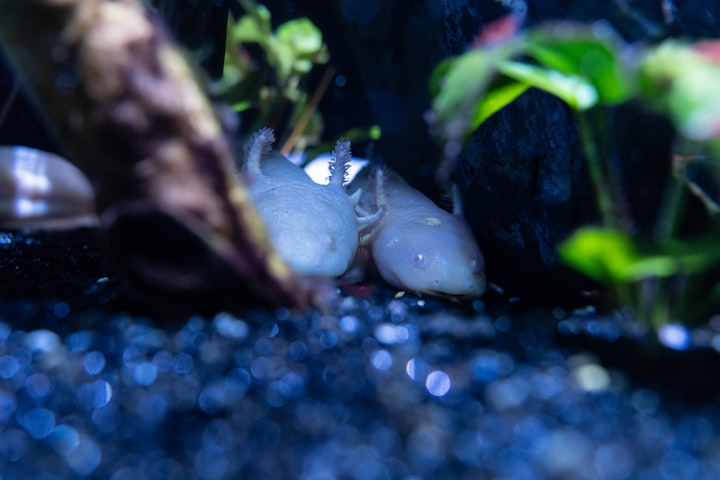Saving the Axolotls: Mexico's Urgent Plea for Conservation
Saving the Axolotls

In the heart of Mexico, an extraordinary creature known as the axolotl is facing a crisis of survival. Ecologists from the National Autonomous University of Mexico have launched a heartfelt campaign, "Adoptaxolotl," to rally support for the conservation of these iconic, fish-like salamanders, whose population has plummeted by a staggering 99.5 percent in under two decades.
For as little as 600 pesos (US$35), the campaign invites people to virtually adopt one of these tiny "water monsters." The virtual adoption comes with the promise of live updates on the axolotl's health, forging a personal connection between donors and these unique creatures. Alternatively, for a smaller donation, contributors can buy a virtual dinner for one of the axolotls.
The urgency of the situation is palpable. In their primary habitat, the ancient Aztec canals of Xochimilco, the Mexican axolotls are facing numerous threats, including water pollution, a lethal amphibian fungus, and the presence of non-native rainbow trout. The grim reality is that almost all 18 species of axolotls in Mexico are critically endangered.
The funds raised from last year's Adoptaxolotl campaign, totaling over 450,000 pesos, were directed towards an experimental captive breeding program and efforts to restore habitat in Xochimilco. Despite this, there remains a significant shortfall in resources for comprehensive research.
Alejandro Calzada, an ecologist leading a team of nine researchers, highlights the challenges: "We lack big monitoring of all the streams in Mexico City, let alone the whole country. For this large area, it is not enough." The lack of data on the number and distribution of different axolotl species in Mexico poses a critical challenge in prioritizing conservation efforts.
A recent census conducted by the National Autonomous University revealed a stark decline in the axolotl population, from an average of 6,000 per square kilometer to a mere 36. An international study paints an even grimmer picture, estimating that fewer than a thousand Mexican axolotls remain in the wild.
Luis Zambrano Gonzalez, a scientist from the university, emphasizes the urgency of the situation: "There is no more time for Xochimilco. The invasion of pollution is very strong: soccer fields, floating dens. It is very sad." Without accurate data on the number and distribution of axolotls, it becomes challenging to gauge their remaining time and allocate resources effectively.
Axolotls hold a special place in Mexican culture, revered for their unique appearance and remarkable ability to regrow limbs. Beyond their cultural significance, scientists worldwide see potential in their regenerative abilities for applications in tissue repair and cancer recovery.
Government conservation programs have historically focused on the most popular species found in Xochimilco. However, other species are scattered across the country, facing threats from urbanization, water pollution, and invasive species like rainbow trout.
Calzada's team, operating on donations and volunteer efforts, is confronted with additional challenges as the Mexican government approved an 11 percent funding cut for its environment department. Over its six-year term, the current administration's budget allocation for environmental initiatives is 35 percent less than its predecessor, further straining conservation efforts.
As we stand at a critical juncture for the axolotls, the "Adoptaxolotl" campaign serves as a beacon of hope. Every contribution, no matter how small, plays a crucial role in supporting captive breeding programs, habitat restoration, and essential research. The clock is ticking, and urgent action is needed to ensure the survival of these unique creatures that are not just a symbol of Mexico's rich biodiversity but also hold untapped secrets for medical advancements. Together, we can be the guardians of the axolotls, preserving a species that embodies the magic of nature.
Disclaimer.
This content has been generated by an artificial intelligence language model. While we strive for accuracy and quality, please note that the information provided may not be entirely error-free or up-to-date. We recommend independently verifying the content and consulting with professionals for specific advice or information. We do not assume any responsibility or liability for the use or interpretation of this content.
About the Creator
Enjoyed the story? Support the Creator.
Subscribe for free to receive all their stories in your feed. You could also pledge your support or give them a one-off tip, letting them know you appreciate their work.





Comments
There are no comments for this story
Be the first to respond and start the conversation.